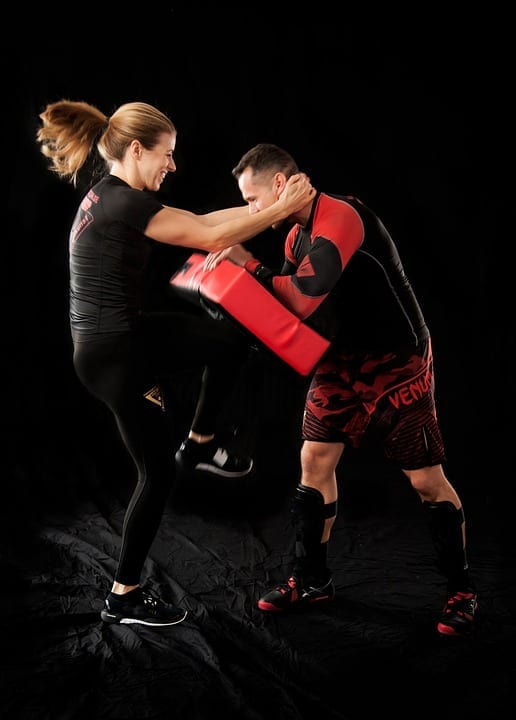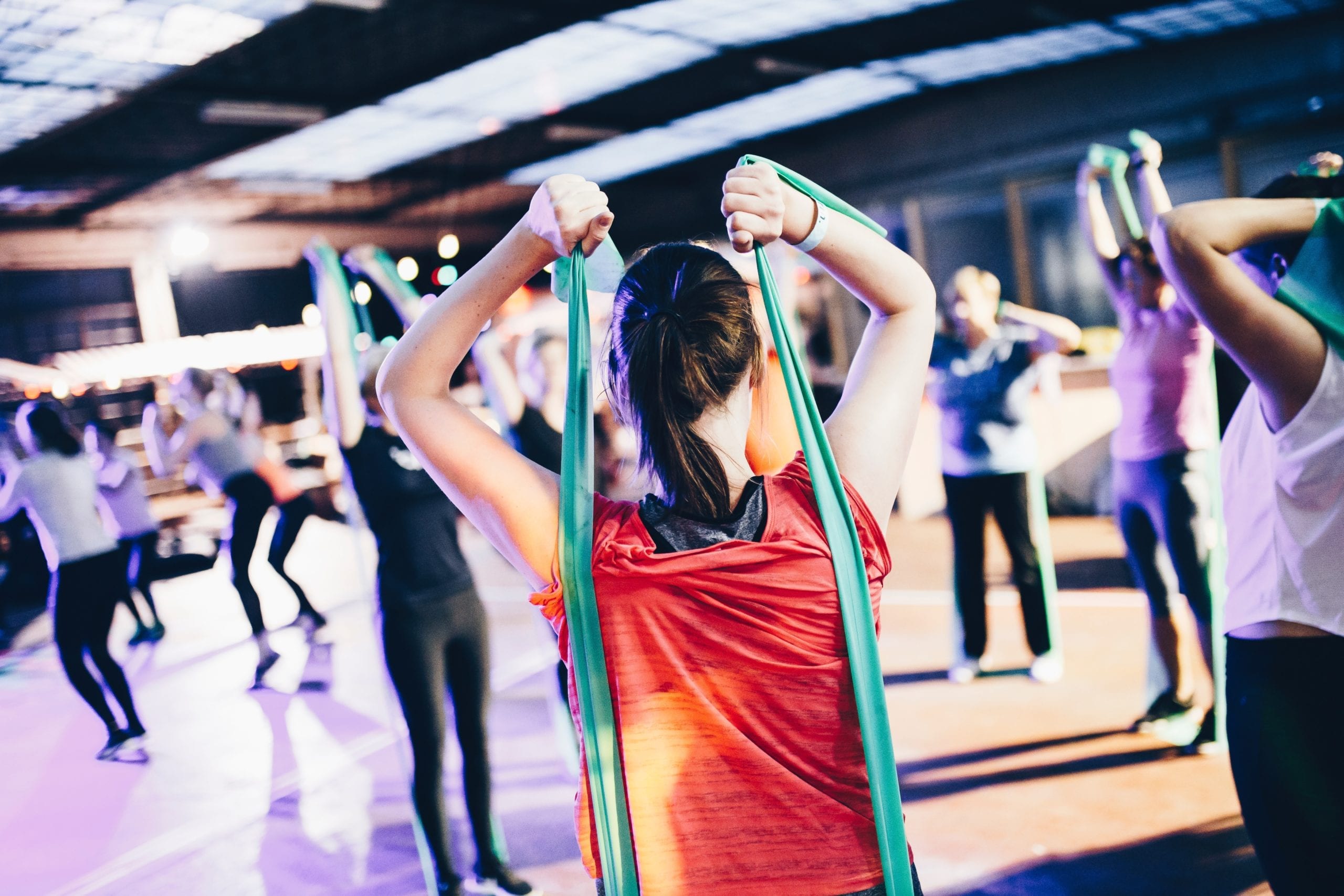Bored with your aerobics class? Looking for a high-intensity workout that will increase your strength and flexibility while burning fat? Are you reasonably fit already? Then cardio-kickboxing may be for you.
What is cardio-kickboxing?
Popularized by Billy Blanks’ 1998 Tae-Bo video workout and infomercials, cardio-kickboxing (a.k.a. aerobic boxing, Aerobox, Boxercise, Boxaerobics and others) is a high-impact cardiovascular workout that blends elements of boxing, martial arts and traditional aerobics into a 30- to 60-minute exercise routine.
Classes vary but generally feature a variety of punches, kicks, knee strikes and other self-defence moves interspersed with a bouncing “base” move.
Some cardio-kickboxing classes spend at least part of the time kicking and punching weighted, padded targets or engaging in actual sparring. The class may also incorporate traditional exercises, such as jumping jacks, abdominal crunches, leg lifts and push-ups to create a total body workout.
In addition to improving and maintaining cardiovascular fitness, cardio-kickboxing increases strength and flexibility, improves coordination and balance and sharpens reflexes. Cardio-kickboxing also may help relieve stress, and it can be done at home in a relatively small space.
Who should participate?
Cardio-kickboxing is ideal for physically fit people who exercise aerobically at least three times a week, and can be adapted for people who are less physically fit. Cardio-kickboxing should be approached with caution if you have balance problems or certain other medical conditions, especially joint disease affecting the knee, hip, ankle or back. Before enrolling in a cardio-kickboxing class or any new exercise program for that matter, discuss your plan with your doctor.
Exercise guidelines
In most aerobics classes, you watch yourself in the mirror most of the time. While cardio-kickboxing, you generally train your eyes on the target you are punching or kicking, be it real or imagined. This means, for example, turning your head and watching your foot when you are making a sidekick. A few suggestions for exercisers seeking a safe and effective cardio-kickboxing program:
- Know what level of fitness you’re at. If you haven’t been exercising much, you may need to take a low-impact aerobics class or do some other less strenuous exercise and build up your endurance before you start kickboxing. When you do start, work at your own pace without tiring yourself out.
- Try to watch or take a trial class before you sign up. Look for a class that accommodates various skill levels, moves gradually, isn’t too complicated and gives you the chance for individual as well as group instruction.
- Find a qualified teacher and appropriate class. Make sure the teacher has both a high-level martial belt in martial arts and certification as a fitness instructor.
- Wear comfortable clothing. You want to dress in loose clothes that let you move your arms and legs easily. For shoes, cross-trainers are best, and you may want to get gloves or hand wraps, too.
- Start slowly and don’t overdo.
- Stay hydrated. Drink water or other liquids before, during and after your class.
- Check with your doctor before you begin kickboxing or any other exercise program.
Glossary of terms:
- Base move: Quickly shifting your weight from the ball of one foot to the other.
- Bob and weave: Shifting your weight back and forth while raising and lowering your torso from near-standing to near-squatting positions. With elbows bent, fisted hands are held in front of your face.
- Combination: A series of punches thrown in quick succession.
- Front Kick: A kick where the foot is lifted straight out in front of you with your toe up.
- Hook: A punch in which you swing your fist around from the side in toward the center.
- Jab: A quick punch at face level in which the thumb is at a 45-degree angle.
- Roundhouse Kick: A kick in which your foot and leg are swung up in such a way that your shoelaces hit the side of the target in front of you.
- Side Kick: A kick in which your lower torso is turned inward so that your heel lands on the target while your foot is parallel to the floor.
- Uppercut: A biceps-powered punch that begins with your fist low and ends with your fist almost straight up.






Be the first to comment on "Fitness Facts – Cardio-Kickboxing"